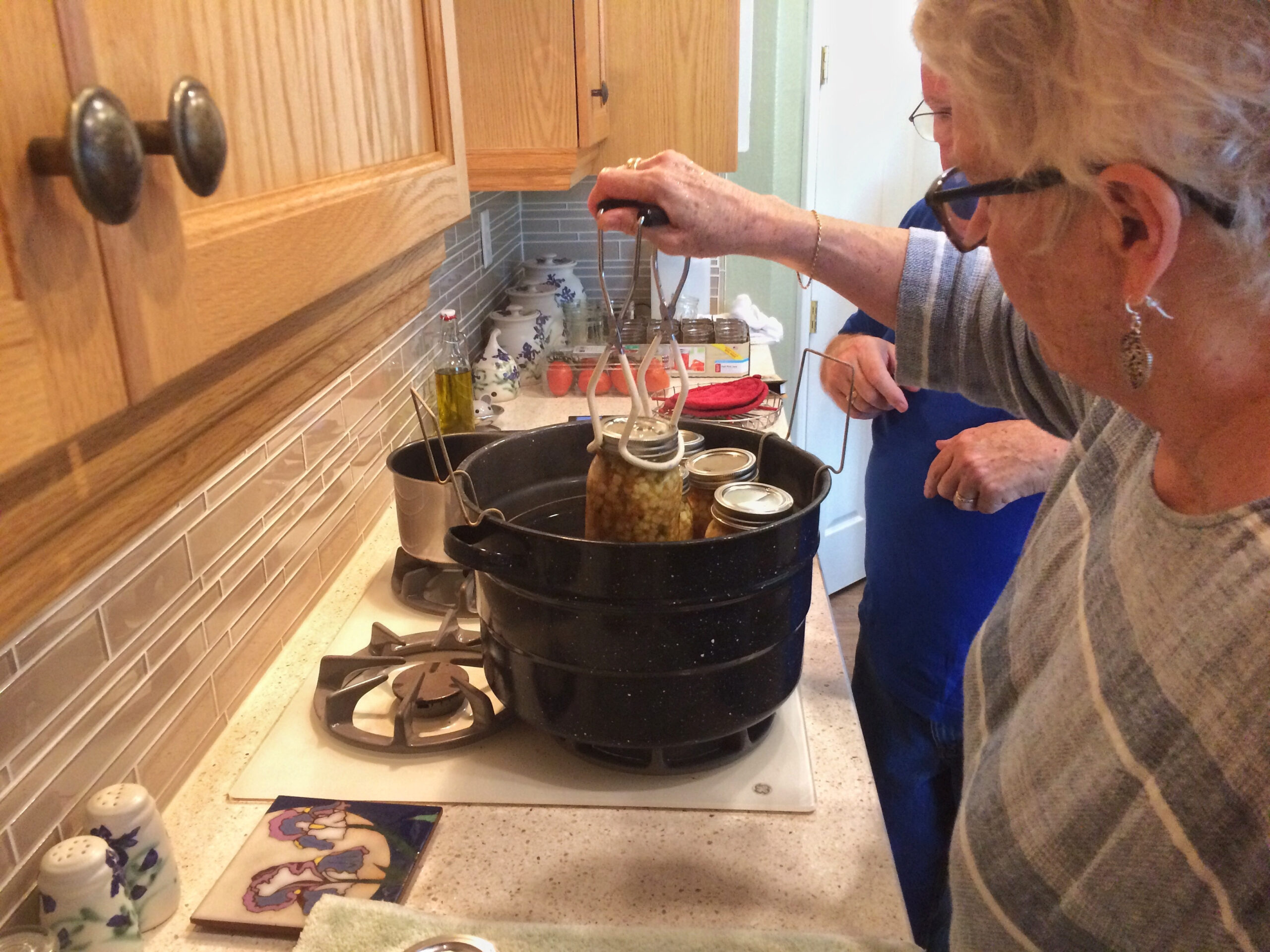Canned response We have the French general Napoleon Bonaparte to thank for canned foods. Wanting to keep his army’s food from spoiling, in 1795, he offered a prize for a way to preserve food long-term. Candymaker Nicolas Francois Appert closed jars with cork, sealed them with hot wax, wrapped them in canvas and boiled them in water, and in 1810 he won the prize. –tastingtable.com
You read it first in this week’s The Factory in Guide magazine.
Not too many good things come out of war, but apparently we can thank French General Napoleon Bonaparte for his concern of how he was to feed his men on a long term basis. It’s hard to fight a war with malnourished soldiers just because you have no way to keep food from spoiling.
Have you heard the saying, “Necessity is the mother of invention”? Sometimes the most important inventions are created out of great need. But the French government had a unique way to motivate people to come up with an idea for this. In 1795, they decided to offer 12,000 francs to the first person who could come up with a successful way to preserve food. In 1980, that would equal about $50,000 US!
In the past, the usual methods were to dry, smoke or pickle food. But these ways tended to take a lot of the nutrients away. Ideally, they needed something more practical and easier to transport over long distances. They also needed something that would work with a greater variety of foods.
Well, one person took the contest to heart and was determined to win. Nicolas Appert, a French confectioner, cooked food in wide-mouth wine bottles, and through trial and error determined the suitable cooking time to preserve various meats and vegetables. He capped the bottles with cork, sealed them with wax, and reinforced the closure with wire.

It only took about 15 years, but we won the prize! In 1809, Appert published “The Art of Preserving All Kinds of Animal and Vegetable Substances for Several Years” and presented his findings to the government. He was awarded the prize in 1810 and used the money to support his canning factory (the world’s first) in Massy, south of Paris.
As time went on, different materials were used to store food, like tin for cans. In 1858, American Tinsmith John Landis Mason patented a square-shouldered glass jar with a threaded mouth and a metal screw-top which held into place a rubber gasket and tin lid. Best of all, Mason’s jars and screw-tops were reusable. Today, Aluminum and steel are the materials most commonly used for canned food and drink storage. However, a lot of people who can at home still use the good old Mason jar!
The next time you go to visit your grandparents and your grandma serves you canned pears or applesauce, remember to thank her! Then share with her this food for thought!
Scripture taken from the New King James Version, Copyright 1982 by Thomas Nelson. Used by permission. All rights reserved.
Learn More About This Fact
For more interesting facts, click on the buttons below!